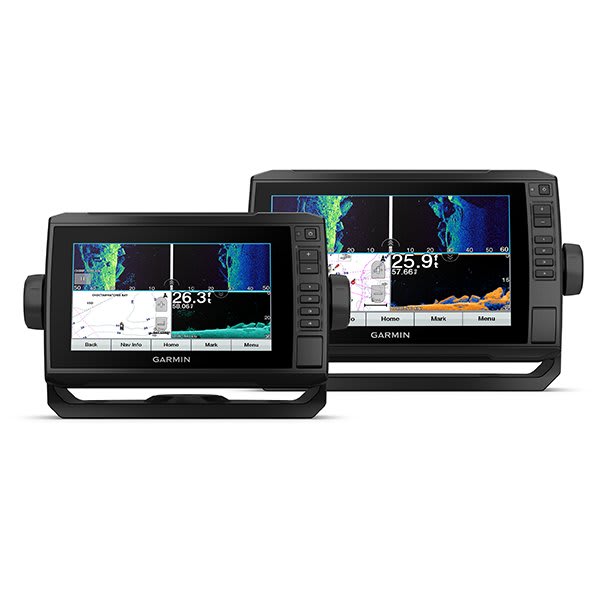

Crowd-sourced Maps From Navionics, Lowrance, Simrad and B&G
#CONNECTING GARMIN HOMEPORT TO CHARTPLOTTER SOFTWARE DOWNLOAD#
It’s also available as a free software download for echoMAP series, GPSMAP® 7400/7600 chartplotter series and GPSMAP 8000/5x7/7x1/8x0/10x0 series. The software is included on the echoMAP™ CHIRP combo series. Quickdraw Contours can be used with any Garmin Panoptix transducer, any HD-ID sonar, any CHIRP-enabled, Garmin ClearVü transducer or NMEA 2000-compatible depth transducer. You can mark and label navaids, timber, brush piles, favorite fishing spots, submerged features, docks, ramps and any point of interest you want to remember on your map. The software creates your own submarine topographical maps on screen with one-foot contours, and you can tailor the maps as needed. It creates maps for your own (or private) use but gives you the option of sharing them with other users of compatible Garmin sonars.Īll you do is fish while it creates maps. Garmin has taken a simple approach with their free Quickdraw Contours software.

Manufacturers are using two distinct approaches to creating homemade sonar charts. You get high-definition underwater detail with one-foot contours, vegetation and bottom hardness. Just run your boat around with your sonar operating, and clever new software from Garmin, Navionics and Navico does all the work for you. It’s easy, nearly automatic and you don’t need to know anything about making a map. Happily, there is an elegant solution to potentially dangerous problems of this sort. Many waters where we use our boats have been charted poorly, or not charted at all. High-contrast and graphically exciting electronic charts look impressive and have the aura of authority, but are only as good as the data-soundings that might have been taken in 1893. If you own a sailboat or large powerboat, you may have already experienced running aground, or there is a fair chance you might in the future. If you’re an angler, you know that most of the maps out there were created with the emphasis on navigation, not fishing. Most of us have experienced situations like these, where our underwater charts either don’t have the detail we need, or they are out-of-date and inaccurate. Reality intervenes, in the form of the shallow water alarm, so you stop quickly and get the heck out of there. You are motoring near your homeport, and the chart shows you’ve got plenty of water under the keel because you’re right on the edge of the channel. How disappointing it is to find out that nobody has taken any decent soundings. What do you see? Not much detail and very little that’ll help you find the fish. You trailer your boat to a new lake, power up the chartplotter/sonar combo and look at the map that’s displayed on your crisp color screen. The third screen is a close-up of the dam (lower left in the other views) showing the steep drop-off with 1’ contours. The second chart shows their crowd-sourced Sonar Charts view. The top map is the standard Navionics Boating chart from their web app.


 0 kommentar(er)
0 kommentar(er)
